The "crazy" guy destroys acacia trees to plant durian trees.
Strolling through his lush durian orchard nestled on a gentle hillside, Mr. Nguyen Tan Hanh (Phu Lam Tay village, Hanh Thien commune, Nghia Hanh district, Quang Ngai province) couldn't hide his joy at seeing the fruits of his labor finally ready for harvest.

“In 2019, this hill was covered entirely with acacia trees, some of which were already several years old, but I decided to cut them all down and switch to planting Monthong durian trees using seedlings provided by the district. I even borrowed hundreds of millions of dong from the Social Policy Bank to invest here. Back then, everyone said I was crazy because they didn't believe I could successfully grow a tree with such high economic value as durian in an acacia-covered hill area,” Mr. Hanh humorously shared.
It seemed simple in theory, but when he started working on it, Mr. Hanh encountered many difficulties. Having no prior experience, he had to painstakingly research every detail about the characteristics and care of durian trees to ensure they grew well, were free from pests and diseases, and didn't fall over.
For durian growers like Mr. Hanh, the biggest worry is ensuring the trees receive enough water. Both insufficient and excessive water cause the durian trees to drop their flowers and fruits. Therefore, during prolonged droughts, when wells dry up and streams run dry, he has to carry buckets of water to irrigate the trees. And during the rainy season, he has to worry about supporting the trees, bracing branches, and covering the roots.
Specifically, durian trees bloom at night and their flowers fall off within just a few hours. Therefore, natural pollination (by bees and insects) is insufficient in both quantity and quality of fruit. Thus, the durian flowering season is also a busy time for orchard owners, who work tirelessly to supplement pollination from dusk until midnight.
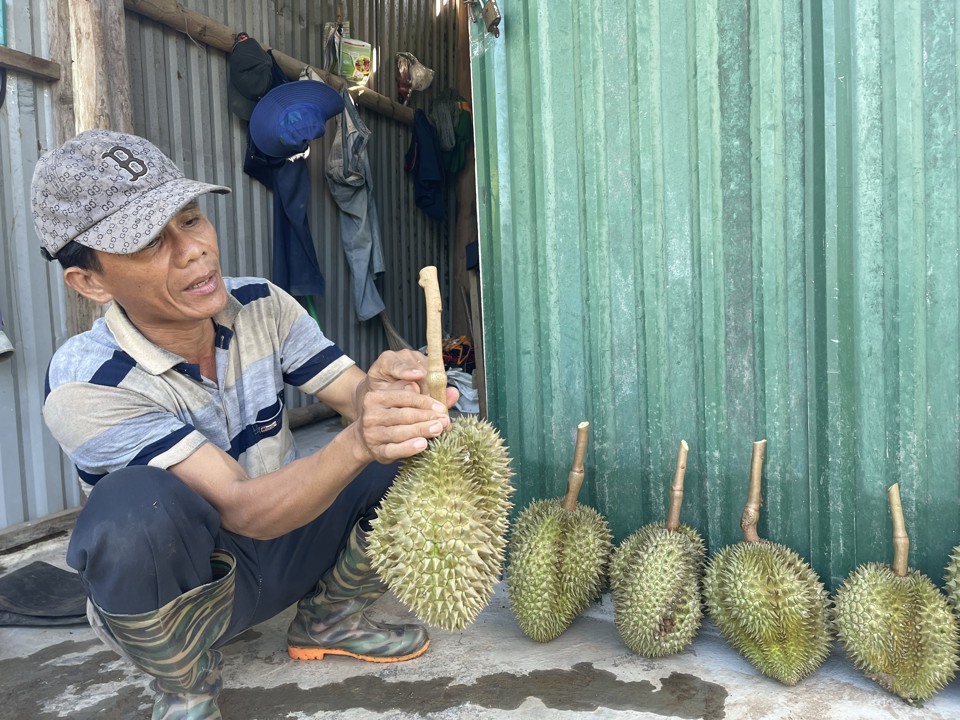
“This year the weather has been harsh, making durian cultivation very difficult. However, thanks to applying the correct technical procedures, the 40 Monthong durian trees yielded abundant, high-quality fruit, with a total production of nearly 1.5 tons. With a selling price of 70,000 VND/kg at the farm, the family has also earned a considerable additional income,” Mr. Hanh said.
Besides durian, on his hillside farm, Mr. Hanh also intercrops lemongrass, pepper, and betel nut to increase income from the same area. After deducting expenses, he expects to earn about 200 million VND this year, helping to improve his family's economic situation.
A promising model
Next to Mr. Hanh's orchard is Mr. Ho Nguyen Duy Tan's Monthong durian orchard, also planted on land previously used for acacia cultivation. His 170 durian trees have already produced their first ripe fruits of the second harvest. On the next hill, Mr. Ho Duy Trung's nearly 500 durian trees promise to yield a substantial income.

"The Monthong durian variety grows and develops well in hilly areas. Although the care process is arduous, this is a promising crop that can bring high economic returns," said Mr. Tan.
Nghia Hanh district is considered the "fruit capital" of Quang Ngai province. The district currently has approximately 200 hectares dedicated to durian cultivation. With high prices and market demand, durian is a crop that provides farmers with a significant income. Although the trees begin bearing fruit in their fifth year, the peak yield period is from the 12th to the 25th year.
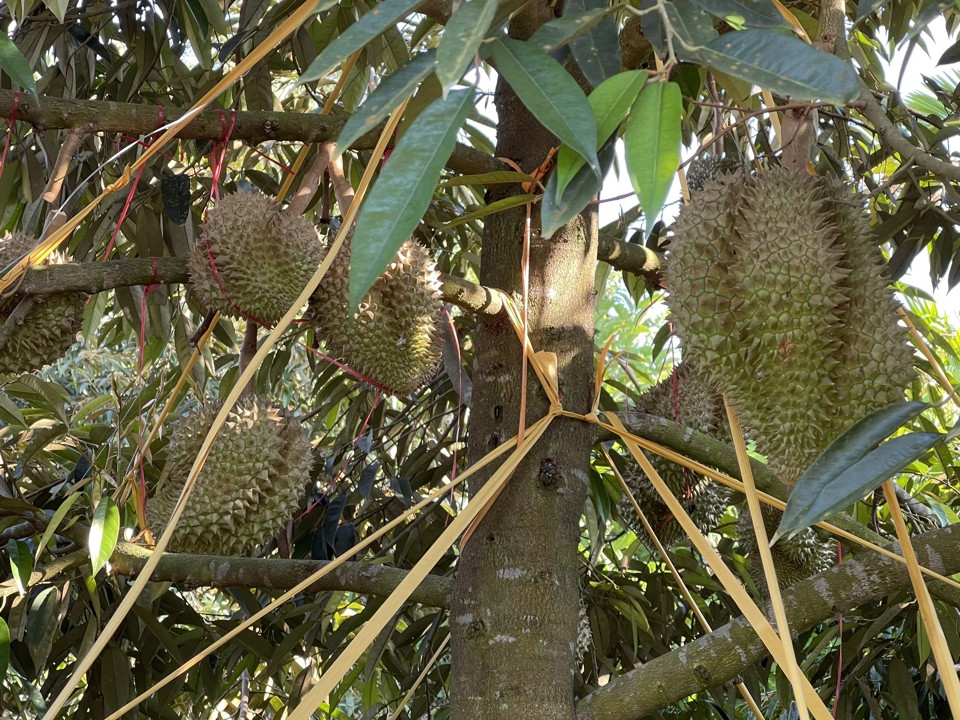
Therefore, orchard owners focus on caring for durian trees, from supplemental pollination during flowering to fruit development and calculating the number of fruits on each branch, in order to ensure the tree has a long lifespan and extends the harvesting period.
According to Phan Cong Huan, Head of the Agriculture and Rural Development Department of Nghia Hanh district, Hanh Thien commune alone has a total durian cultivation area of nearly 40 hectares, of which about 10 hectares are already bearing fruit.
For Monthong durian grown in the hilly areas of Hanh Thien commune, initial results show that this variety is suitable for the soil and climate conditions and is highly appreciated by consumers for its quality.
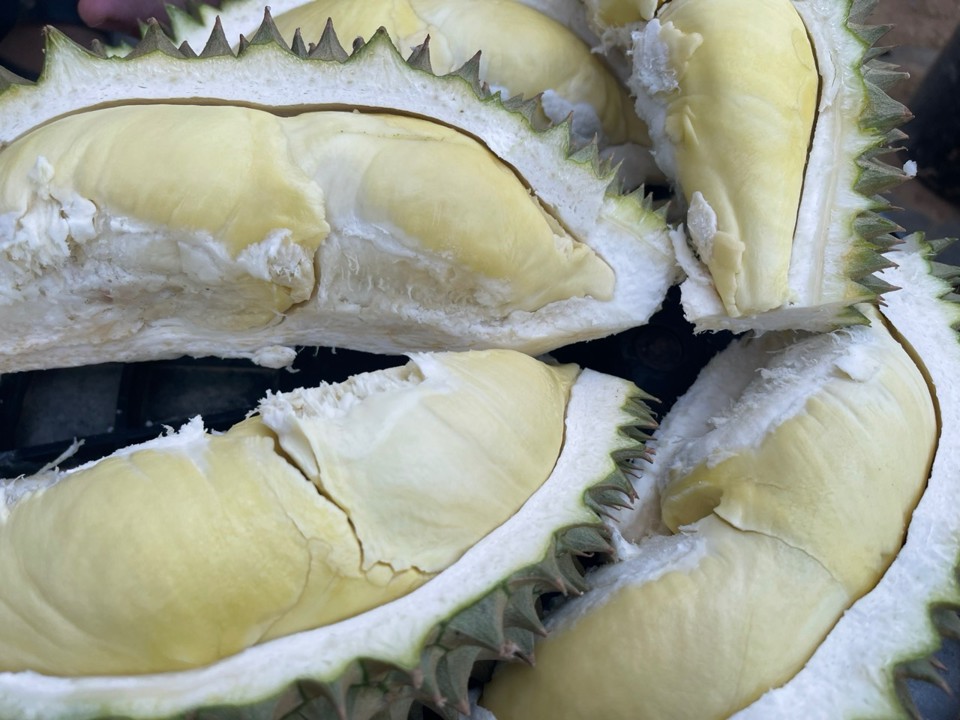
“According to the district's policy outlined in resolutions, specifically the fruit tree planting project for the 2021-2025 period, the district encourages the conversion of less efficient acacia and industrial crops to fruit trees. As for durian, it is still a relatively new crop, so it needs time to develop and expand. In addition, the province needs to have appropriate support mechanisms that suit the actual conditions and situation, maximizing the advantages of agricultural production,” Mr. Huan shared.
The Head of the Agriculture and Rural Development Department of Nghia Hanh district also informed that in the near future, groups specializing in fruit trees such as durian, pomelo, and rambutan will be established to allow farmers to share experiences, techniques, and markets, and together develop sustainable fruit-growing areas, contributing positively to poverty reduction and increasing income for local people.
Source: https://kinhtedothi.vn/vung-sau-rieng-monthong-บน-dat-doi-o-quang-ngai.html







![[Photo] Prime Minister Pham Minh Chinh attends the Conference on the Implementation of Tasks for 2026 of the Industry and Trade Sector](/_next/image?url=https%3A%2F%2Fvphoto.vietnam.vn%2Fthumb%2F1200x675%2Fvietnam%2Fresource%2FIMAGE%2F2025%2F12%2F19%2F1766159500458_ndo_br_shared31-jpg.webp&w=3840&q=75)

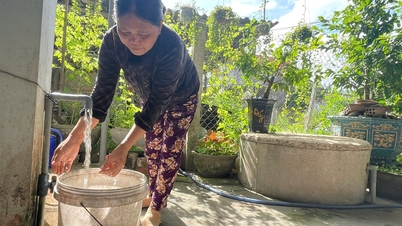
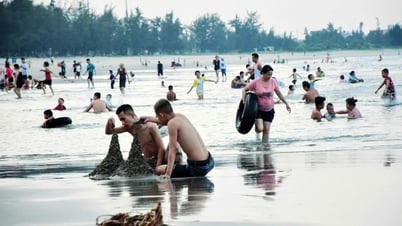



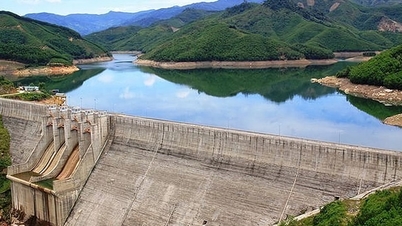














































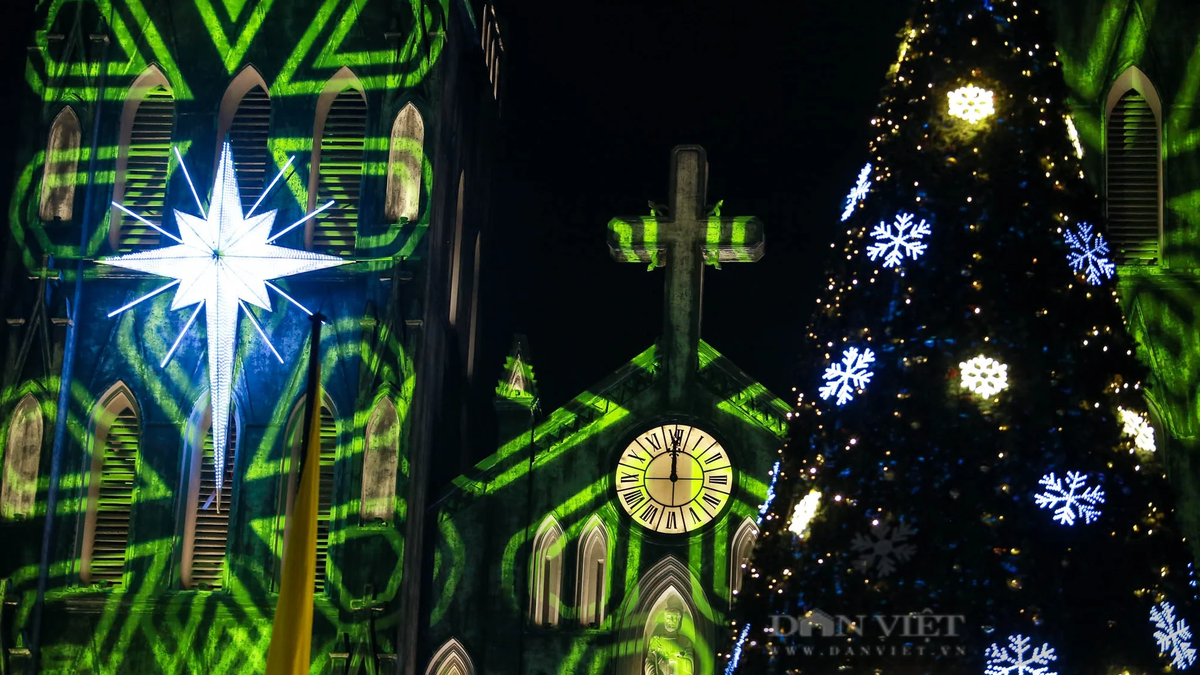












































Comment (0)